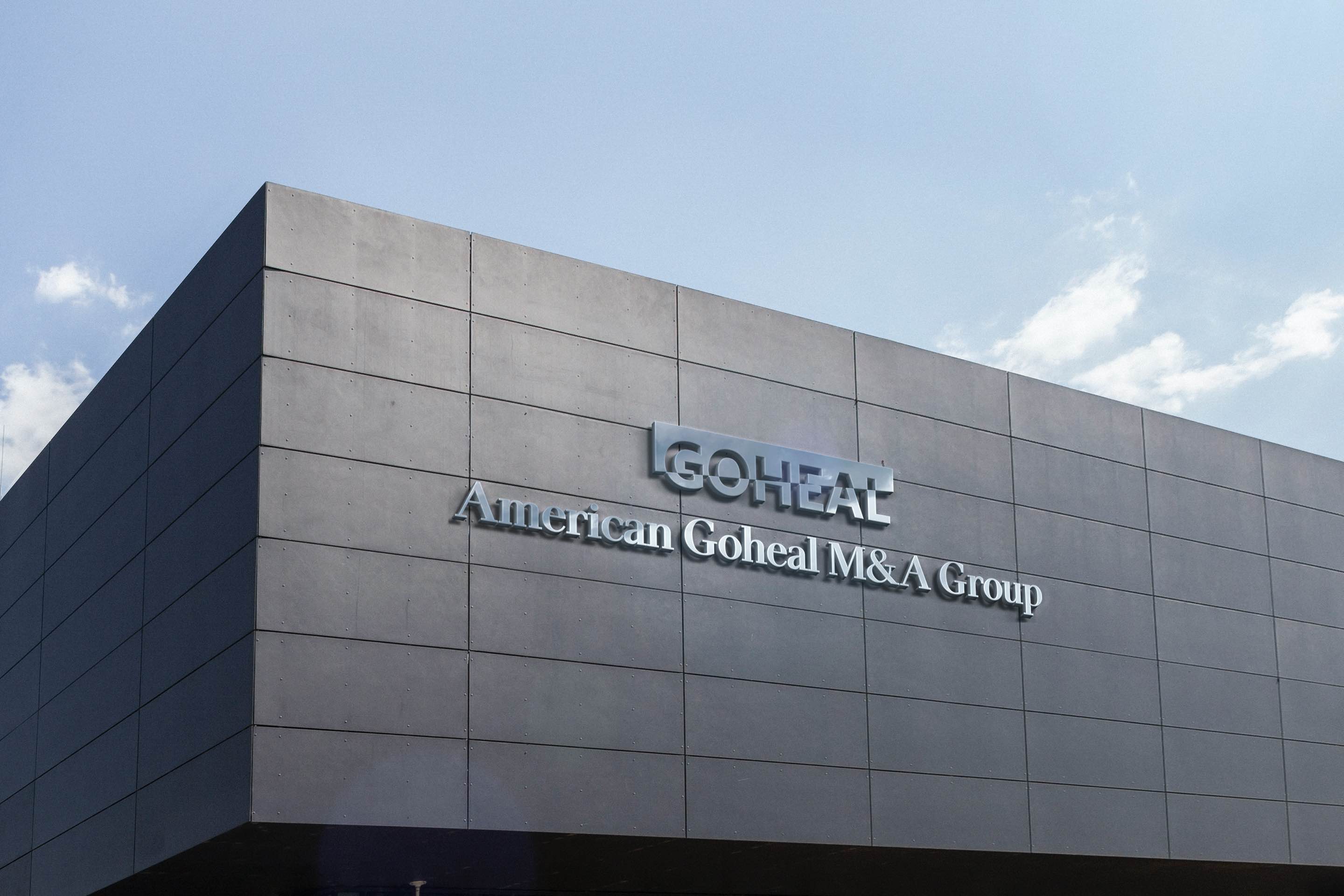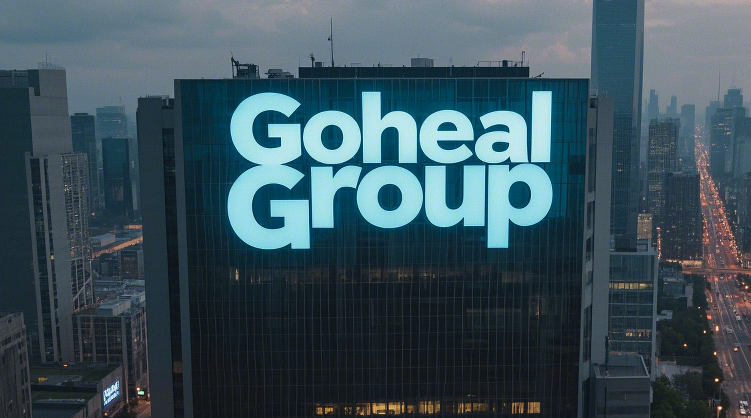"The world's affairs are not difficult to legislate, but difficult to enforce." In the vast territory of the capital market, valuation is like an invisible net that determines the success or failure of countless transactions. In the process of weaving this network, the two acquisition models of "snake swallowing elephant" and "A eats A" represent completely different market logics and value orientations. From the high premium of the former to the refined industrial integration of the latter, the reconstruction of the valuation model has quietly changed the rules of capital operation.
Especially in the wave of reforms in China's capital market, the valuation method of the acquisition of controlling rights of listed companies has gradually transformed, from the extensive "snake swallowing elephant" mergers and acquisitions to the current "A eats A" model driven by rational cash flow and synergy effects. The market direction is undergoing profound changes.
The valuation trap and regulatory challenges of the snake swallowing the elephant
The "snake swallowing the elephant" merger and acquisition was once a prominent feature of the capital market, especially in the early mergers and acquisitions, where large companies acquired small companies at a high premium, hoping to expand their market share and enhance their market competitiveness. However, this seemingly strong acquisition model often hides huge valuation risks and regulatory difficulties. Taking Haier Bio's absorption and merger of Shanghai Laishi as an example, the market value ratio of the transaction reached 1:4. The traditional market method relies on the price-earnings ratio benchmark for valuation, which leads to an inflated premium and possible goodwill bubble. In the end, the risk of goodwill impairment has become a problem that needs to be solved urgently.

American Goheal M&A Group
Under this transaction structure, the penetrating review of the regulatory authorities is particularly important. The failed case of Jiyao Holdings' acquisition of Xiuzhen Pharmaceutical reveals this point - when a merger with a large size difference occurs, the transaction is easily questioned as a "backdoor listing", and additional proof of the authenticity of the synergy effect is required. How to ensure the rationality and legitimacy of valuation in M&A transactions has become an important issue that every investor and entrepreneur needs to face.
In this context, Goheal is well aware that valuation in the market is not a simple digital game, but is full of risks and challenges. As a first-class cross-border M&A consulting agency, Goheal always emphasizes refined valuation analysis and strict regulatory compliance when helping global investors and companies to carry out mergers and acquisitions in the Chinese market, helping companies overcome the dual difficulties of valuation and regulation.
Industrial integration and rational valuation of the A-eat-A model
As the market environment continues to change, the "A-eat-A" model has gradually emerged. This model emphasizes the synergy effect in industrial integration rather than relying solely on financial indicators. Industry leaders, such as China Resources Sanjiu and Gree Electric Appliances, use the income method to quantify the future profit contribution of the target with sufficient cash flow and stable profitability, thereby reducing the risk of "three highs" transactions. This rational pricing based on cash flow is significantly different from the traditional price-earnings ratio benchmarking method and can more accurately reflect the true value of the company.
This change is not only reflected in the valuation method, but also in the industrial integration after the merger and acquisition. In the merger and acquisition of the industrial chain, implicit values such as customer resource sharing and technological complementarity have become an important part of the valuation model. In the process of cooperation with customers, Goheal always emphasizes that the priority principle of synergy should run through the entire valuation process. Only by truly tapping the industrial potential of the acquisition target can the value creation be maximized.
In this way, the "A-eat-A" model not only reconstructs the underlying logic of M&A valuation, but also enables M&A transactions to more accurately capture the implicit value in the industry. Taking the acquisition of Xiuzhen Pharmaceutical by Jiyao Holdings as an example, the acquisition process successfully solved the blind spots in the traditional valuation model by quantifying non-financial indicators such as customer resources and market share, and demonstrated the industry integration thinking of synergy priority.
Reconstruction of valuation model: from single dimension to dynamic composite system
The traditional M&A valuation model is often limited to a single financial dimension, ignoring multiple factors such as market environment, industry cycle and future growth. The transformation of the modern valuation system is to achieve the compounding of valuation by breaking through the limitations of the traditional model and incorporating more dynamic factors. Especially in emerging markets such as the Science and Technology Innovation Board, the traditional price-earnings ratio benchmarking method often fails due to the scarcity of comparable companies. At this time, the income method needs to introduce a more flexible adjustment mechanism, such as the "performance bet + cash flow segment discount" mechanism, to make the valuation more dynamically adaptable.
For example, in the M&A transaction of Jiyao Holdings, the growth of the target is embedded in the cash flow discount model through the compound growth rate betting clause. This dynamic pricing mechanism enables the transaction parties to lock in future value growth in an uncertain market environment. In this model, valuation is no longer static, but is dynamically adjusted as the market and business performance change, which provides greater flexibility and security for M&A transactions.
Quantification of synergy and risk hedging design
The quantification of synergy is a major innovation of modern valuation models. In traditional valuation, many synergies are often measured only through empirical judgment, but the modern valuation system makes these implicit assets explicit and converts them into measurable values by introducing the "tax shield effect + industrial chain premium" model. The core of this model is to convert non-financial indicators such as technical patents and customer resources into specific values, thereby providing more accurate value assessment for both parties to the merger and acquisition.
In the case of ST Jinyi's acquisition of Kaike Weishi, the target company converted future synergy benefits into immediate cash flow by securitizing accounts receivable in advance, thereby effectively reducing the risk of goodwill impairment. This risk hedging design not only ensures the financial security of the acquirer, but also provides clearer expectations for both parties to the merger and acquisition.
Future trends: democratization of valuation system and the impact of registration system
With the continuous advancement of the registration system, the valuation advantage of IPOs has gradually weakened, and M&A pricing has begun to return to industrial logic. This trend change has prompted small and medium-sized companies to gradually gain an advantage in mergers and acquisitions, and to increase liquidity premiums by activating "silent shareholders" or issuing ABS, thereby narrowing the gap with IPO valuations.
At the same time, policy iterations are also driving the update of valuation models. For example, the "Six Articles on Mergers and Acquisitions" relaxed restrictions on intra-industry competition and encouraged the adoption of the "net assets + synergy premium" model to promote industrial chain integration. With the strengthening of antitrust review, valuation models have also begun to incorporate indicators such as market dominance to better reflect the position and competitiveness of companies in the industry.
In future capital operations, valuation will no longer be a simple financial calculation, but a comprehensive assessment of multiple factors such as the market, industry, and policy. As a leader in the global M&A consulting field, Goheal has always been at the forefront of this trend and is committed to providing investors and entrepreneurs with more accurate and forward-looking M&A consulting services.
Conclusion: The "Triple Safety Cushion" of Valuation Models
From "snake swallowing elephants" to "A eating A", the reconstruction of valuation models is not only an inevitable trend in the capital market, but also a comprehensive test of risk control and industrial integration capabilities. In future capital operations, companies and investors need to establish a "triple safety cushion" in valuation: industrial safety cushion, contract safety cushion and governance safety cushion. These three complement each other and jointly build a safer, stable and sustainable M&A ecosystem.
In this process, Goheal will continue to provide professional M&A consulting services to global investors to help them find the best path in a complex market environment. With the continuous development of the capital market, we may foresee that more accurate and efficient valuation models will become the key to successful M&A, stimulate more market potential, and bring more innovation and growth opportunities to companies.

Goheal Group
[About Goheal] Goheal is a leading investment holding company focusing on global M&A holdings. It has been deeply involved in the three core business areas of listed company control acquisition, listed company M&A and restructuring, and listed company capital operation. With its deep professional strength and rich experience, it provides companies with full life cycle services from M&A to restructuring to capital operation, aiming to maximize corporate value and achieve long-term benefit growth.